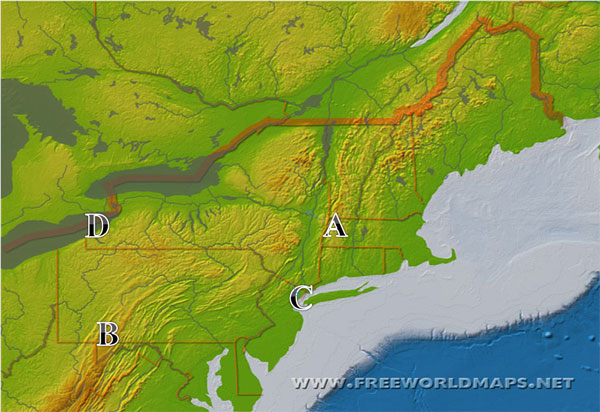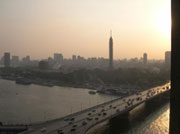
Source: View of Cairo from the Nile, Central Intelligence Agency
Rivers are essential to the survival of many settlements. Rivers supply transportation and trade routes as well as irrigation, power, and nourishment for the population.
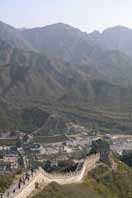
Source: Juyonhgguan, Central Intelligence Agency.
Mountains can be a deterrent for some but also serves as protection from enemies. Most settlements will not be located in mountainous areas unless there is also a reliable source of water present.
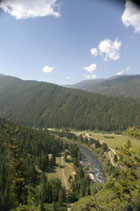
Source: View of the Gallatin River, Central Intelligence Agency
Valleys provide protection from weather and typically have a river or other water source either running through the middle of them or somewhere close by.

Source: Ocean Surface, NASA.
Oceans are very useful for ports of trade. Most cities that are located on the ocean are also located at the mouth of a river for use as a fresh water source.
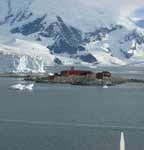
Source: Argentine Antarctic Research station, central Intelligence Agency.
Extremely Cold Temperatures—locations toward the north or south pole tend to be less populated due to the harsh weather conditions. This is true as you move away from the equator in either direction.
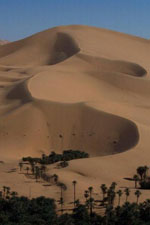
Source: Photo, dunes encroaching, Central Intelligence Agency.
Extremely Hot Temperatures—locations very close to the equator or in very dry, hot desert conditions are less desirable for settlement as it can be difficult to cultivate the land.
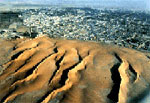
Source: Linear dunes, U.S. Geological Survey.
Lack of Rainfall—settlements that are established near renewable water sources such as rivers and streams also must rely on an adequate amount of rainfall to replenish their water supply. Lack of rainfall results in difficulty cultivating crops as well as inadequate drinking water.
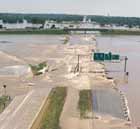
Source: 1993-Flood, U.S. Geological Survey.
Excessive Rainfall—too much rainfall can also result in an area that is difficult to settle. Problems with flooding can have the same effect on a settlement as not enough rainfall.
